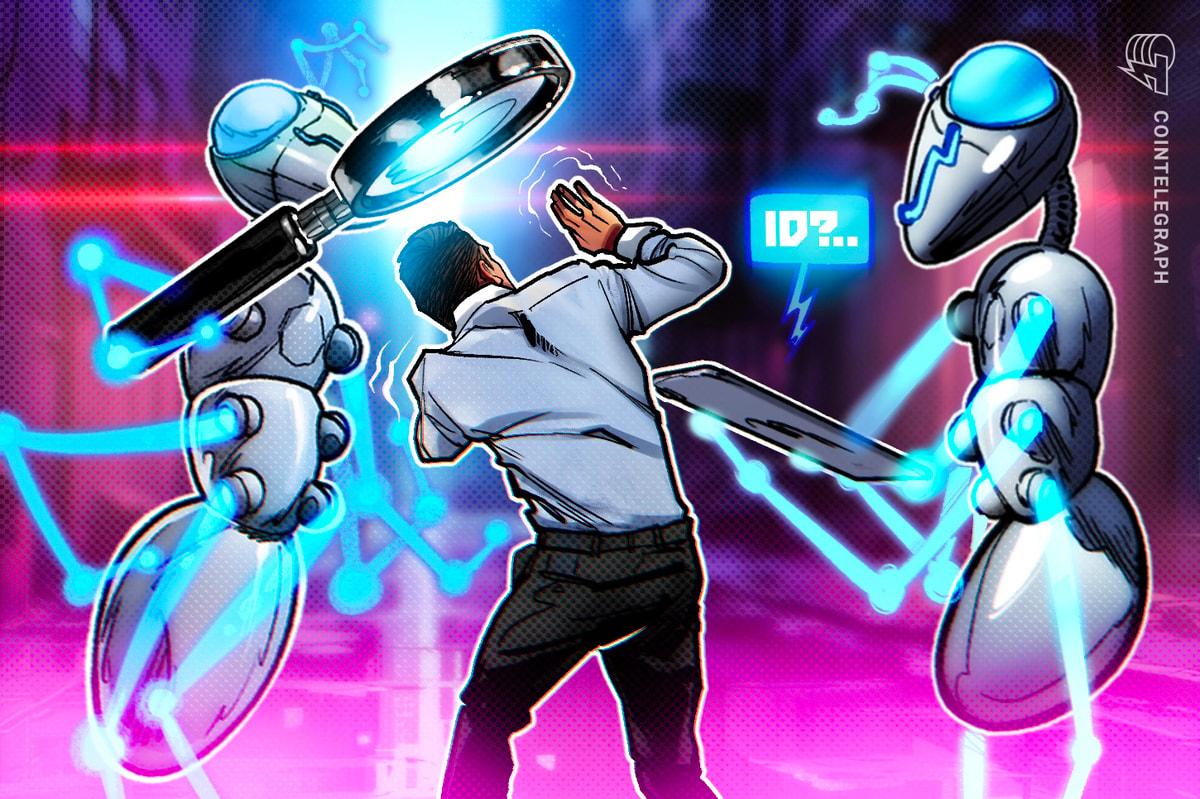The recent 16 billion password leak has sent shockwaves throughout the cybersecurity community, exposing a staggering number of login details that could have serious consequences for individual users and organizations alike. But is this just another example of a security breach, or does it mark a turning point in our approach to digital identity? In this article, we'll explore what happened, why traditional login systems are no longer enough, and whether blockchain-based digital identity is the solution we've been waiting for.
The 16 Billion Password Leak: What Happened?
In June 2025, cybersecurity researchers at Cybernews uncovered one of the most significant credential leaks ever recorded. The leak involved over 16 billion login details compiled into roughly 30 massive data sets that were freely circulating online. Rather than a single catastrophic breach, this was the accumulation of years' worth of infostealer malware silently infecting devices, scraping everything from passwords and cookies to active session tokens and web login histories.
Platforms like Google, Apple, Facebook, Telegram, and GitHub are all implicated in the leak, along with several government systems. Some individual data sets contain as many as 3.5 billion records, making this one of the largest leaks ever recorded.
The Problem with Traditional Login Systems
So why did we have a massive password leak like this? The answer lies in the fundamental weaknesses of traditional identity systems that are still used today.
Most people reuse passwords. When one account is compromised, everything from your email to your bank login could be exposed. This is how credential stuffing works: one leaked password can unlock your entire digital life.
Many of these files include session tokens, essentially digital keys to already-authenticated accounts. With malware-as-a-service tools now widely available, attackers don’t even need to target you directly. They just buy the data and automate the takeover.
The result is a perfect storm for identity theft, financial fraud, and lasting privacy risks. This highlights why 2FA and password managers alone are no longer enough. We need something more foundational – a solution that doesn’t rely on passwords.
Blockchain-Based Digital Identity: The Solution?
A growing number of developers, institutions, and privacy advocates believe blockchain digital identity might offer a long-overdue alternative to traditional login systems.
What Digital ID with Blockchain Actually Solves
This system, collectively known as self-sovereign identity (SSI), replaces the foundation of today’s approach entirely. Here’s what that changes:
- No central point of failure: Traditional login systems keep millions of credentials in centralized vaults. Hack one server, and attackers gain access to everything.
- Minimal data exposure: Using Verifiable Credentials, users can confirm specific details, like their age or degree, without handing over a complete ID. Zero-Knowledge Proofs are even more advanced, allowing you to prove eligibility (e.g., “I’m over 18”) without revealing any underlying documents.
- Tamper-resistant and auditable: Once credentials are issued to your digital identity wallet, they’re cryptographically signed and time-stamped. That makes it nearly impossible to forge, backdate or alter them without detection.
Who is Already Trialing Blockchain Identity Solutions?
Though it may sound futuristic, Web3 identity management is already gaining ground in various parts of the world.
- The European Union is implementing eIDAS 2.0 and the European Blockchain Services Infrastructure (EBSI) to issue tamper-proof digital diplomas, certifications, and credentials across member states.
- Germany and South Korea are piloting blockchain-based digital ID systems that could eventually serve as nationwide replacements for physical identity documents.
- Startups like Dock Labs, Polygon ID, and TrustCloud are building platforms where individuals can create, manage, and selectively share their credentials, whether for accessing a government portal, opening a bank account or proving educational qualifications online.
What’s Holding Blockchain Security Back?
Despite the promise, blockchain identity isn’t ready for mainstream adoption yet, and the roadblocks are as much about infrastructure and law as they are about technology.
- The UX gap: Now, recovering access to your digital ID with blockchain isn’t as easy as clicking “forgot password.” If you lose your device, your credentials could go with it.
- Regulatory friction: Privacy laws like the GDPR require the ability to delete personal data, but blockchains are immutable by design. Developers are working on privacy-preserving layers and off-chain storage, but these tools are evolving faster than most legal frameworks.
- Lack of platform integration: While the tech is advancing, the internet hasn’t caught up. Most platforms still rely on email-password logins. Until websites, apps, and governments adopt DIDs and blockchain security for identity, users are stuck juggling old and new systems.
What Will it Take to Achieve Web3 Identity Management?
In short, a lot, but nothing that’s out of reach in the coming years. For example:
- Platforms need interoperability standards that allow digital credentials to function seamlessly across different platforms and jurisdictions.
- User onboarding must become frictionless (setting up a blockchain ID should feel no more complicated than creating an email account).
- There’s also a pressing need for legal clarity, so that decentralized identities can be used in official processes like voting, licensing, and employment.
- Finally, real-world pilots are essential, moving beyond test environments to full-scale implementations that demonstrate blockchain identity systems in action.
The future of online authentication may no longer rely on passwords. Still, turning that vision into reality will require coordinated action across developers, regulators, and global platforms with a shared commitment to giving users complete control over their digital identity.
